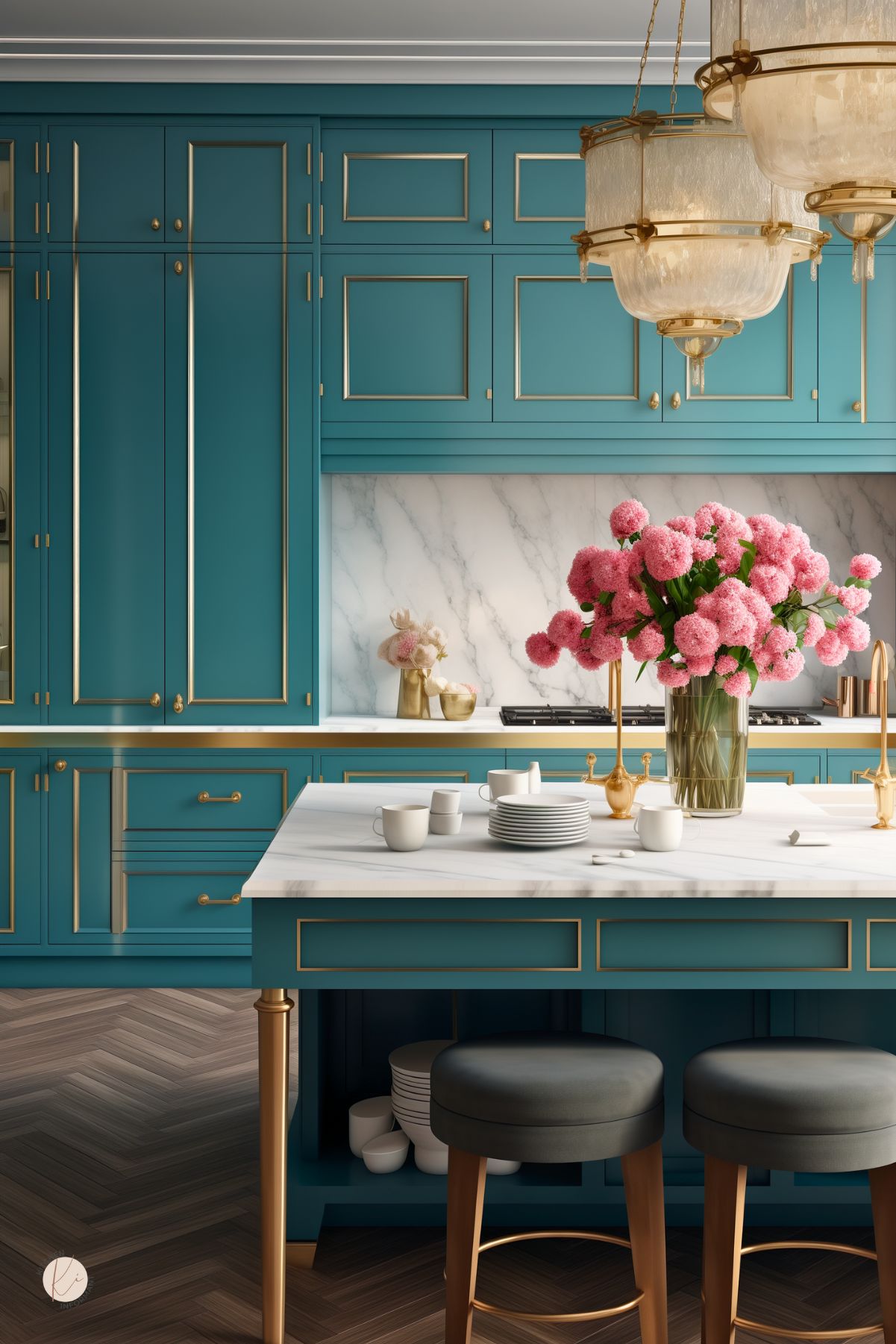Finding the right paint colors to enhance a white oak kitchen can be a rewarding challenge.
Warm neutrals like soft beige or creamy white beautifully complement white oak, creating a welcoming and cohesive look.
These shades highlight the natural beauty of the wood while adding warmth to the space.

Beyond just neutrals, a touch of color can create an eye-catching contrast.
Light blues or muted greens can breathe fresh life into the kitchen, making it feel modern and inviting.
Exploring these options will help anyone transform their white oak kitchen into a stunning gathering place.
With so many choices available, it’s easy to feel overwhelmed.
Understanding how different colors interact with wood tones will guide anyone in making the best decision for their kitchen.
The Impact of White Oak on Kitchen Aesthetics
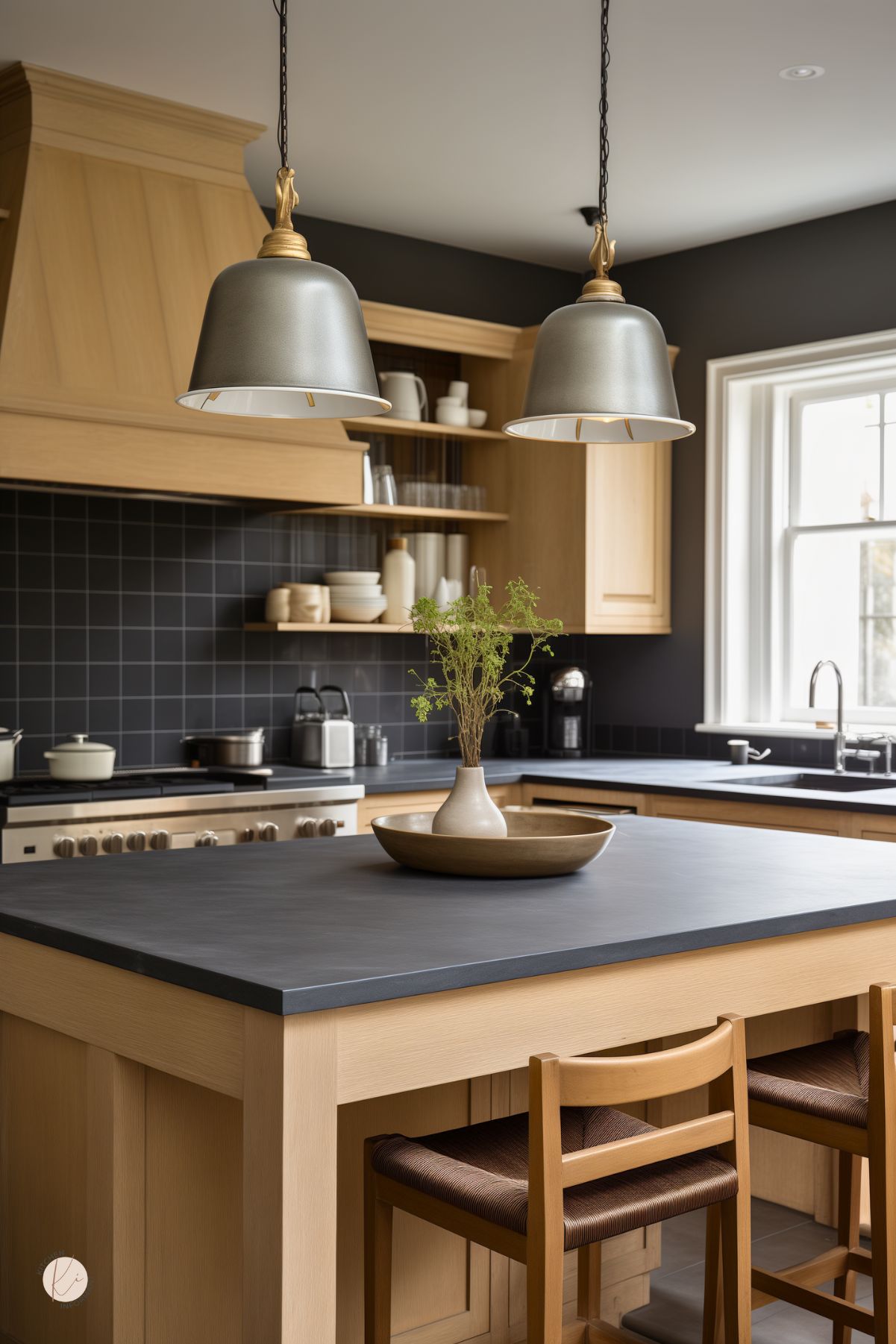
White oak is a popular choice for kitchens due to its beautiful grain and warm tones. It brings a refined elegance that enhances any space.
The natural color of white oak varies from light to medium brown. This versatility allows it to work well with many styles, from modern to traditional.
Key Aesthetic Features:
- Warmth: The warm hues create a cozy atmosphere, making the kitchen inviting.
- Durability: White oak is strong and resistant to wear, maintaining its look over time.
- Grain Patterns: Its distinct grain can add character and visual interest.
When paired with the right paint colors, white oak can shine even more.
Neutral colors like soft grays or muted creams can highlight its beauty without overwhelming the space.
Some homeowners choose bolder colors to create contrast.
Rich blues or warm taupes can make the oak stand out and provide a striking backdrop.
Incorporating plants or natural elements alongside white oak also adds freshness.
Greenery complements its hues and brings life to the kitchen.
Color Theory Basics for Kitchens
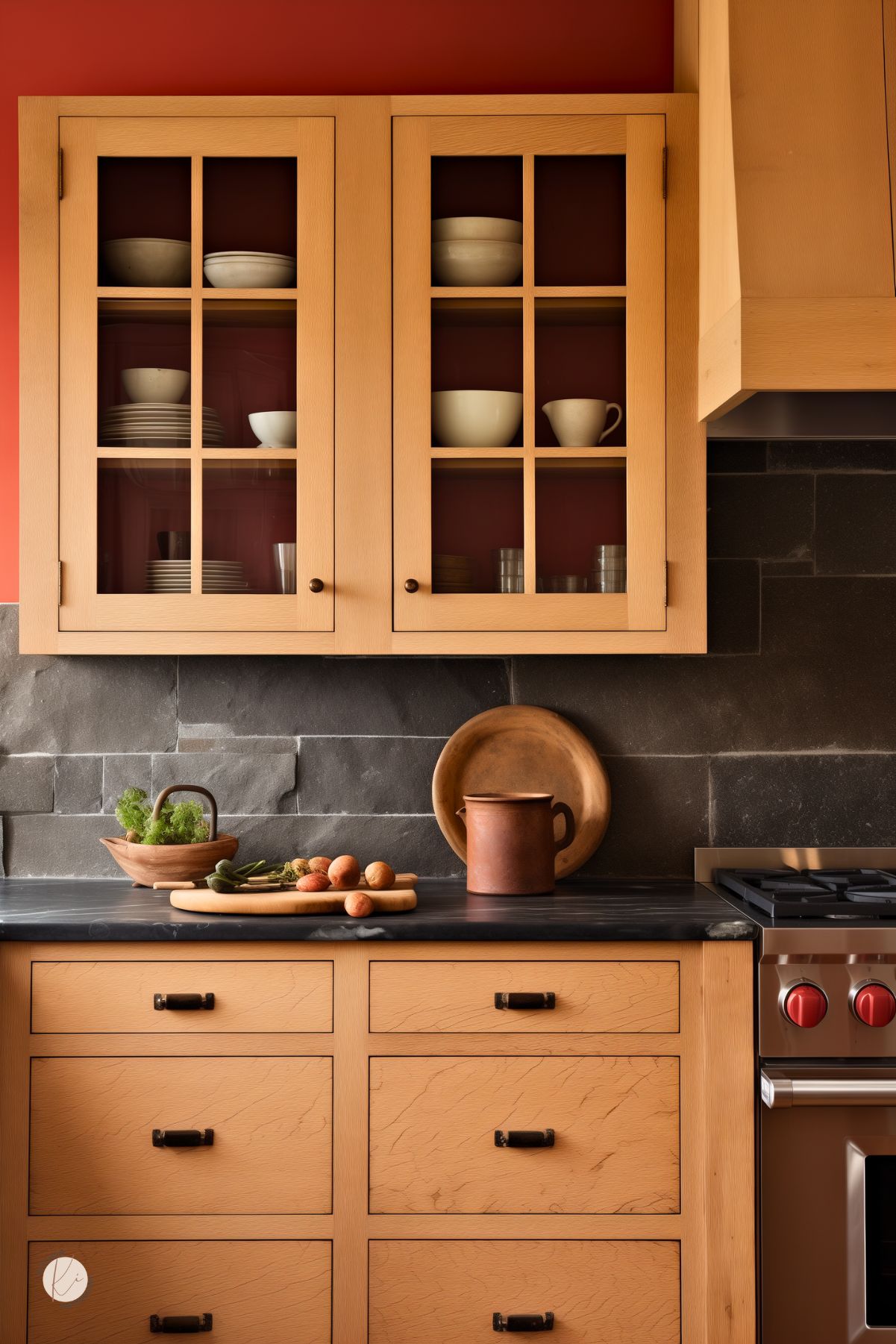
Color theory is a helpful way to choose paint for kitchens. Understanding a few basic principles can lead to beautiful results.
Color Wheel Basics:
The color wheel includes primary, secondary, and tertiary colors.
Primary colors are red, blue, and yellow. Combining these creates secondary colors like green, orange, and purple.
Warm vs. Cool Colors:
Warm colors, like reds and yellows, create a cozy feel. They can make a kitchen inviting.
Cool colors, such as blues and greens, offer calm and refreshing vibes. They are perfect for creating a relaxed atmosphere.
Complementary Colors:
Complementary colors are opposite each other on the color wheel.
For example, blue and orange are complementary. Using these colors together can create a vibrant look.
Analogous Colors:
Analogous colors sit next to each other on the wheel, like blue, blue-green, and green.
These combinations give a harmonious effect and are easy on the eyes.
Neutral Colors:
Neutrals, like beige or gray, work well with oak cabinets. They can balance out brighter colors and add sophistication.
When selecting colors, consider the natural light in the space.
Light can change how colors appear. It’s wise to test samples before committing to a final choice.
Selecting the Perfect Paint Colors
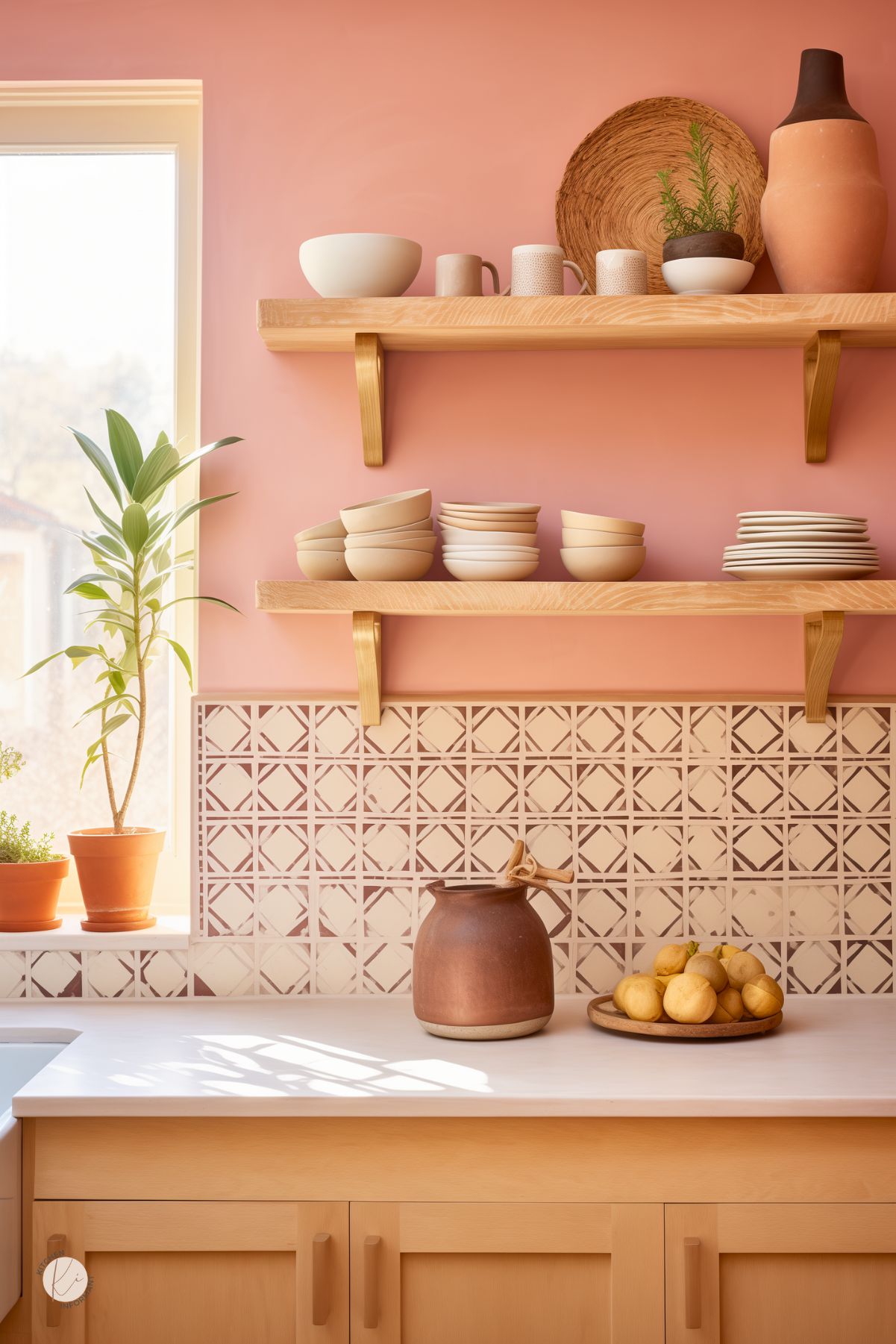
Finding the right paint colors for a white oak kitchen can transform the space.
It’s important to consider how different tones interact with the wood’s natural beauty.
This section explores warm, cool, and neutral options to enhance any kitchen’s aesthetic.
Warm Tones to Enhance the Coziness
Warm tones, like soft yellows and earthy reds, can create a welcoming atmosphere in a white oak kitchen.
These colors will enhance the warmth in the wood grain, making the space feel cozy and inviting.
- Soft Peach: This shade promotes a gentle glow, perfect for morning light.
- Rustic Red: This bold color adds character and pairs well with oak.
Warm colors work beautifully in kitchens where people gather.
They encourage social interactions and can inspire a sense of comfort during family meals.
Cool Tones for a Modern Edge
Cool tones offer a sleek and stylish contrast to the warm hues of white oak cabinets.
Shades like cool grays and serene blues bring a modern touch to the kitchen.
- Pale Gray: This versatile color provides tranquility, combining well with oak’s texture.
- Sky Blue: This uplifting shade can brighten the space and evoke a relaxed vibe.
Using cool tones can create a calming effect that balances the natural warmth of wood.
These colors are perfect for modern kitchens where a sleek design is desired.
Neutral Shades for Versatility
Neutral shades like whites, creams, and light taupes add versatility and elegance to a white oak kitchen.
These colors act as a backdrop, allowing the beauty of the oak to shine through without competing for attention.
- Warm White: This shade gives a clean and fresh look, enhancing the warmth of the wood.
- Light Taupe: This earthy neutral can complement both modern and traditional decor.
Choosing neutral colors can be a smart choice for those who want to keep their options open.
They work well with various decorating styles and can easily adapt to changing trends.
Popular Paint Color Choices for White Oak Kitchens

Choosing the right paint color for a white oak kitchen can transform the space. The right shades can enhance the natural beauty of the wood while also creating a welcoming atmosphere. Here are some popular choices.
Greige: The Best of Both Worlds
Greige, a blend of gray and beige, is a great choice for white oak kitchens.
It offers a neutral backdrop that complements the warmer tones of oak. This color works well with both modern and traditional styles.
Greige also reflects light beautifully, making a kitchen feel open and airy.
To enhance this look, consider pairing greige with white trims or cabinetry.
This combination highlights the oak cabinets while keeping the space feeling cohesive and stylish.
Soft Whites for a Brighter Look
Soft whites are perfect for brightening a white oak kitchen.
These shades offer a clean and crisp appearance that brings out the natural beauty of the oak.
Choosing an off-white with warm undertones can create a cozy feel, making the kitchen inviting.
Soft whites work well on walls and ceilings, allowing light to bounce around the room.
This enhances the kitchen’s brightness without being too stark. Pairing soft white with warm wood tones creates a harmonious and spacious environment.
Earth Tones to Bring Nature Inside
Earth tones, such as taupe or sage green, can bring a touch of nature indoors.
These colors create a serene environment that complements the organic look of white oak.
Using earth tones can also help to balance the warmth of oak. It brings a calming effect to the kitchen.
These shades work especially well in spaces with plenty of natural light, highlighting the beauty of both the paint and the wood.
Mixing earth tones with natural elements, like plants or wooden decorations, can enhance this effect even more.
Lighting and Its Influence on Paint Colors
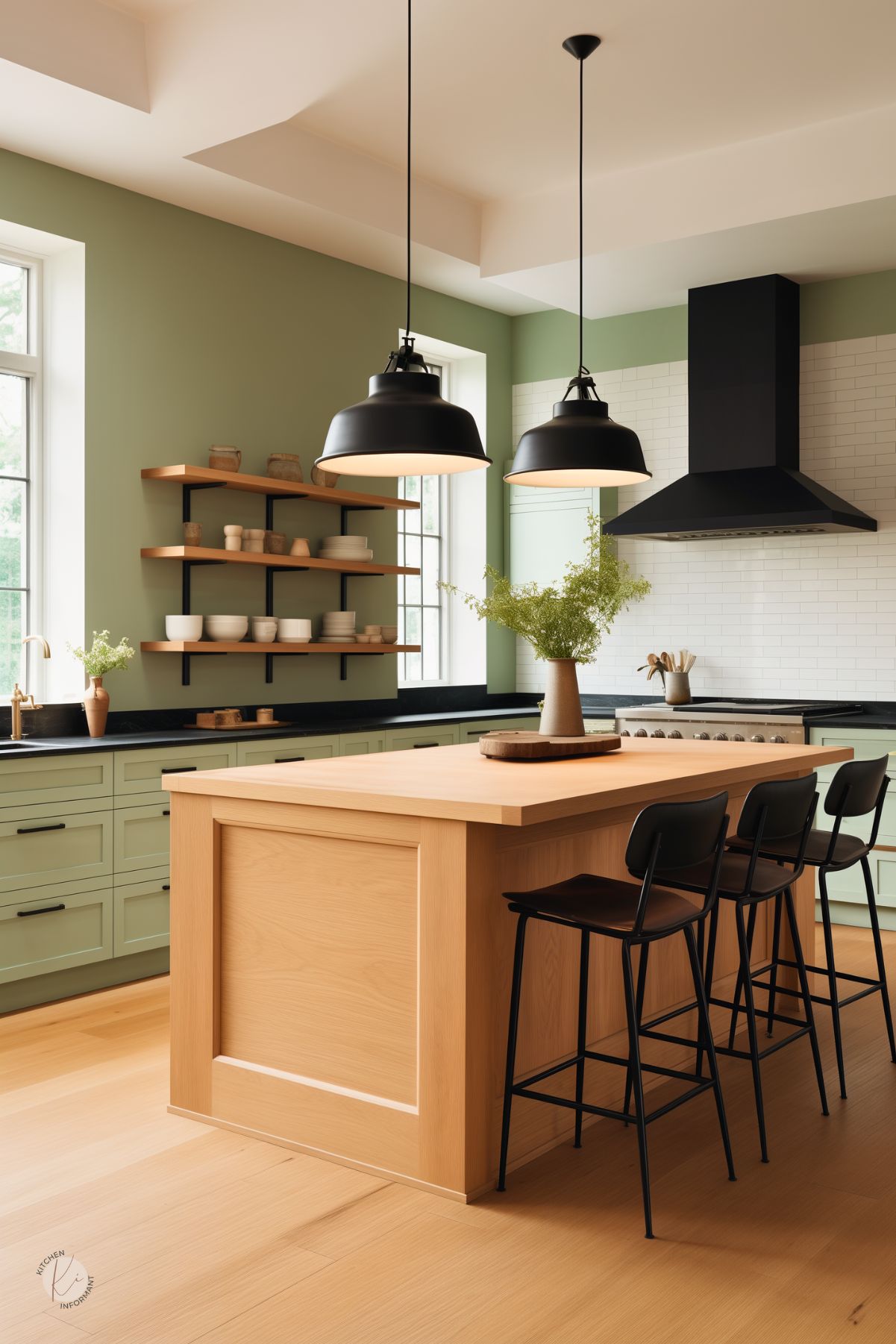
Lighting plays a crucial role in how paint colors appear in a kitchen. Different types of light can change a color’s look and feel.
Types of Lighting:
- Natural Light: This light varies throughout the day. In the morning, colors may look brighter and softer. In contrast, evening light can be warmer and cozier.
- LED Lighting: These lights come in warm and cool tones. Warm white LEDs (2700K-3000K) make warm colors more vibrant. Cool white LEDs (4000K-5000K) work better with cooler paint shades.
- Fluorescent Lighting: This type can create a bluish hue. It might make warm tones appear dull, so choosing the right bulbs is essential.
Choosing Paint Colors:
- Light colors can make a small kitchen feel larger and airy.
- Dark colors can add depth but may require more light to avoid feeling cramped.
When selecting paint, testing samples under different lighting conditions is vital.
Observing how a color looks at different times of the day helps ensure it fits the kitchen’s mood.
Quick Tip: Use large sample swatches to see how colors change in your specific lighting. This approach helps in making the best choice for a charming white oak kitchen.
Maximizing Space with Color and Layout
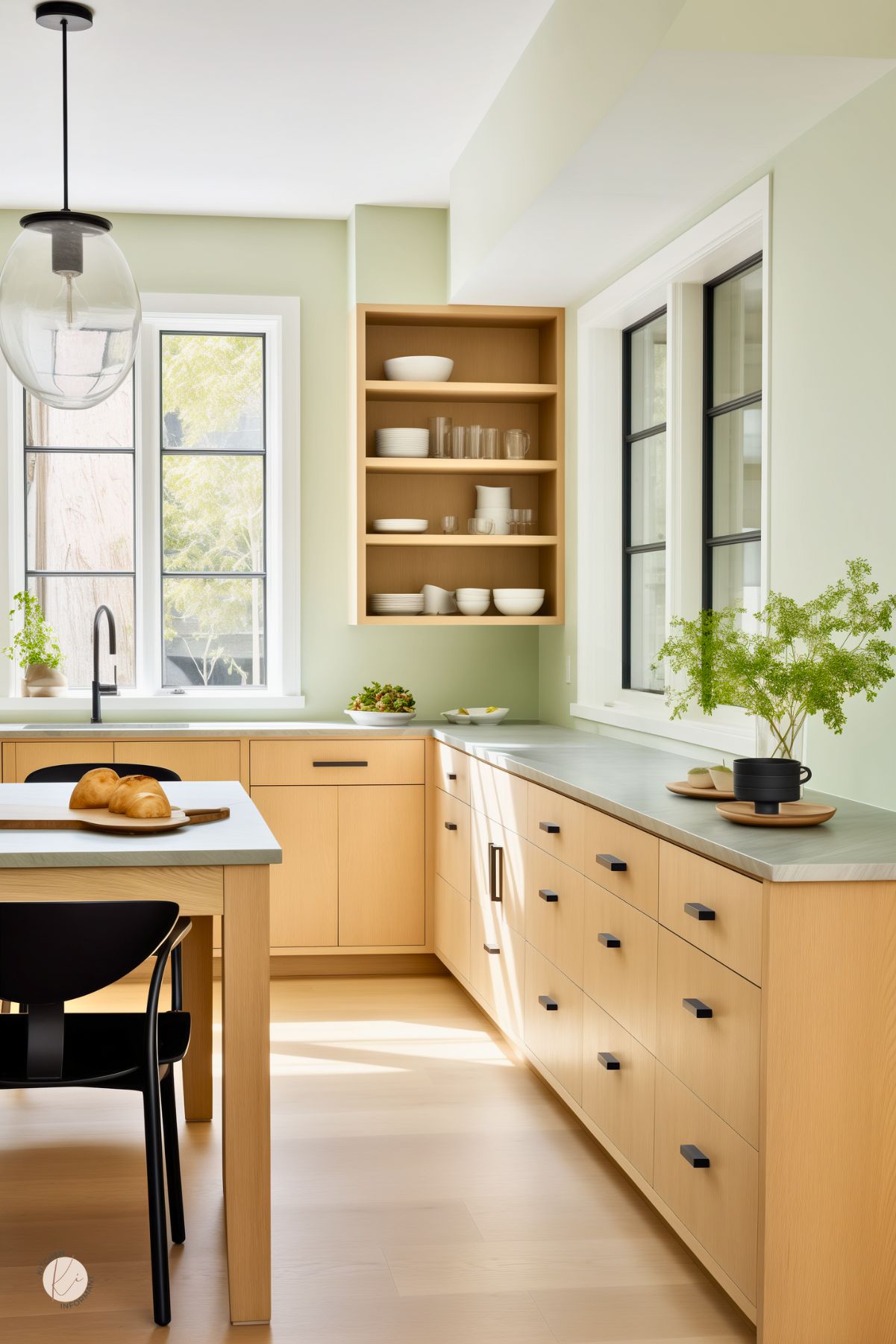
When designing a white oak kitchen, the right colors can create a spacious feel. Light and neutral tones are ideal as they reflect light and make the area look larger.
Tips for Choosing Colors:
- Soft Whites and Light Grays: These colors pair well with white oak. They enhance the natural light in the kitchen.
- Pastels: Light blues or greens can add a touch of color without overwhelming the space.
In addition to color, layout plays a crucial role. Open layouts help maintain flow and make a kitchen feel more expansive.
Key Layout Strategies:
- Keep It Open: Remove unnecessary walls to connect the kitchen with eating areas. This creates a seamless space.
- Use Vertical Space: Tall cabinets or shelves draw the eye upward, making ceilings seem higher.
He or she can also utilize mirrors or reflective surfaces. These elements can amplify light and give the impression of more space.
Color Placement:
- Wall Colors: Light colors on the walls help extend the room visually.
- Accent Colors: Use darker hues in small doses, like on an island or in decor, to add interest without shrinking the space.
Combining Colors with Textures and Materials

Using a mix of colors, textures, and materials can greatly enhance the look of white oak kitchens. By thoughtfully integrating these elements, a kitchen can achieve a stylish and inviting atmosphere.
Metallic Accents for a Touch of Glamour
Incorporating metallic accents can elevate the elegance of a white oak kitchen. Gold, brass, or silver hardware on cabinets adds sophistication. These metals shine against the warm tones of oak, creating a beautiful contrast.
Lighting fixtures also play a crucial role. Pendant lights with metallic finishes offer a striking focal point. They not only illuminate the space but also reflect light beautifully, enhancing the overall ambiance.
Using decorative objects like vases or picture frames in metallic tones can tie the room together. Even small touches can make a big difference, adding glamour without overwhelming the design.
Glass Features to Reflect Light
Glass elements introduce a airy and open feel in kitchens. Shelving made of glass showcases dishware, adding elegance. This approach keeps the space light and functional, allowing the beauty of the oak to shine.
Backsplashes made from glass tiles can also reflect light, brightening the kitchen. Choosing colors that complement the oak finish, such as soft blues or greens, can result in a harmonious look.
Glass cabinets can create a visual flow, making the kitchen feel larger. They provide an opportunity to display beautiful items while maintaining an uncluttered appearance.
Natural Elements for Harmony
Bringing in natural elements complements white oak beautifully. Materials like stone or marble can work well alongside oak, adding a grounded balance.
A stone countertop pairs nicely with oak cabinets, offering durability and style. Shades of gray or beige in the stone can enhance the warmth of the wood while introducing an organic feel.
Woven materials, such as baskets or linen, can infuse texture. They bring a cozy, homey vibe and are easy to incorporate. These elements help create a soft contrast against the sleekness of kitchen appliances and fixtures.
Paint Finishes and Their Effects
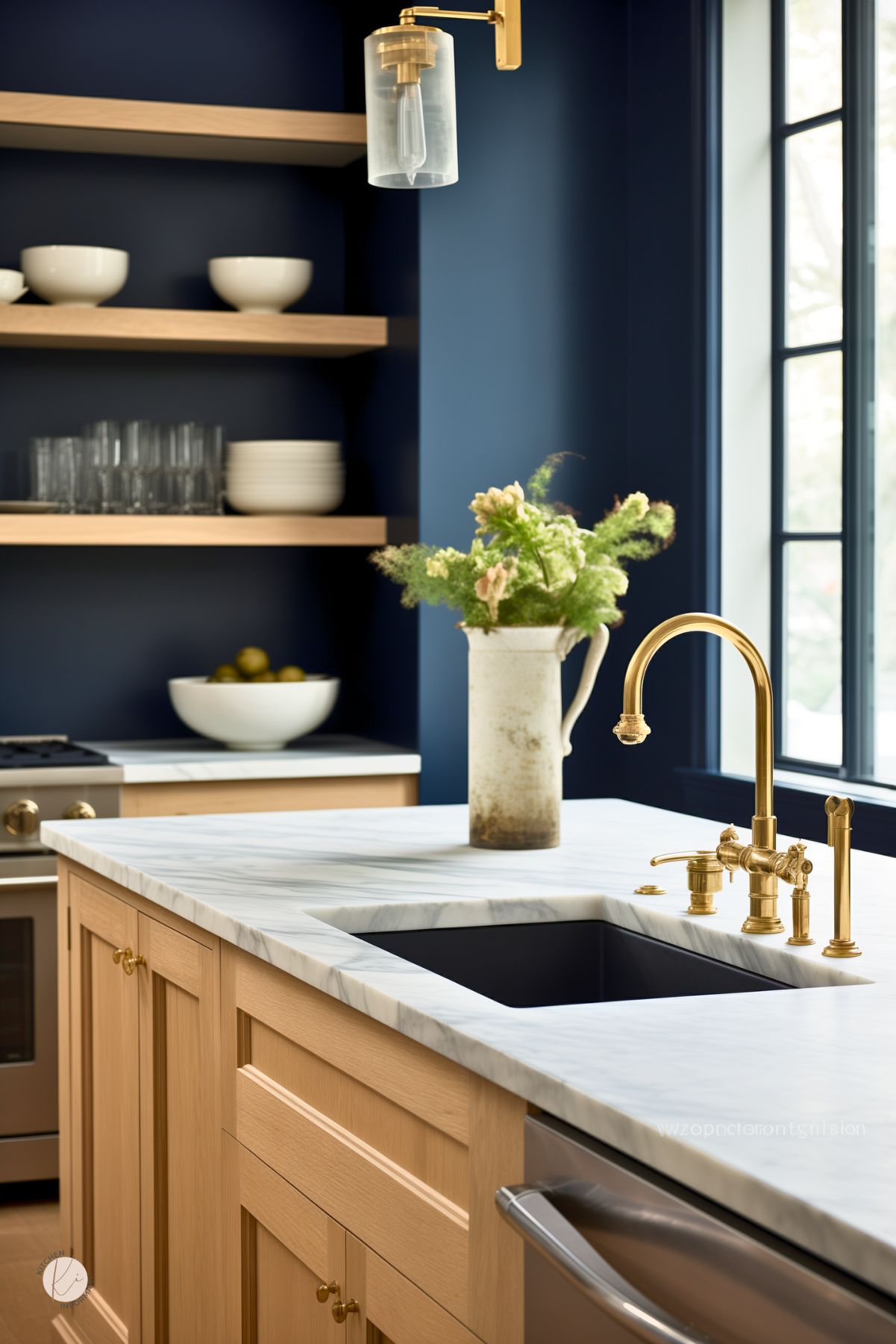
Choosing the right paint finish can greatly impact the look of a kitchen with white oak. Different finishes can enhance or change how colors appear.
Flat Finish
- Provides a matte look
- Hides imperfections well
- Not as durable for high-traffic areas
Eggshell Finish
- Slight sheen that reflects some light
- More durable than flat
- Good for walls in kitchens
Satin Finish
- Soft sheen that is easy to clean
- Works well in family kitchens
- Helps colors pop without being too shiny
Semi-Gloss Finish
- High sheen that is very durable
- Ideal for trim and cabinets
- Reflects light, making spaces feel larger
Gloss Finish
- Very shiny and easy to wipe clean
- Great for modern kitchens
- Can highlight the grain of white oak
Maintaining the Aesthetic Over Time
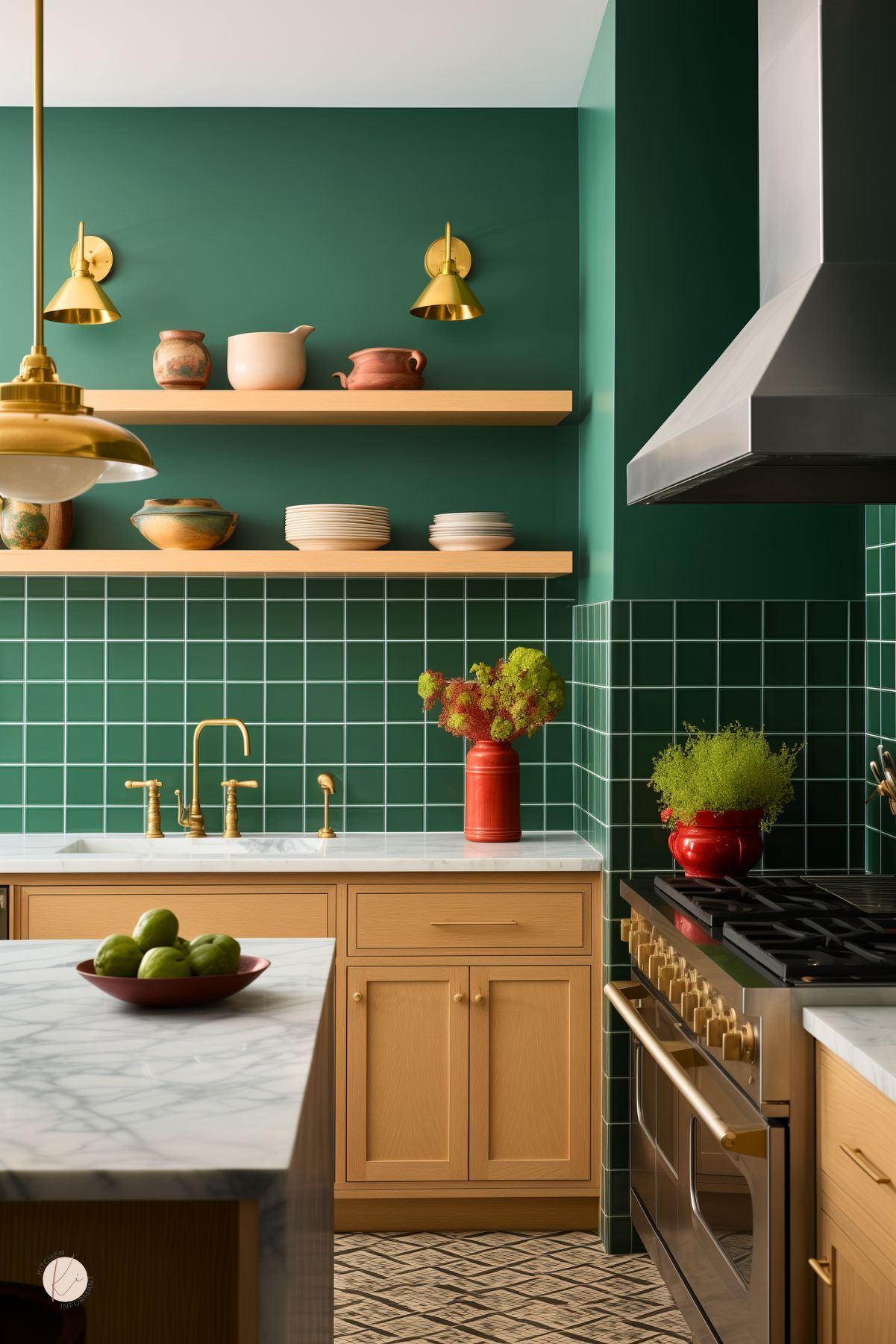
Keeping the beauty of a white oak kitchen is important for homeowners.
Light and neutral colors help to enhance the warmth of the wood.
Regular Cleaning
Dust and dirt can dull the shine of wood surfaces.
Using gentle cleaners can keep the kitchen looking fresh. A damp cloth is often enough to remove smudges.
Touch-Up Paint
Over time, walls may need some maintenance.
Having a small amount of touch-up paint on hand can help maintain the color balance. This keeps the space looking neat and tidy.
Choosing Durable Colors
Select paint colors that are easy to maintain.
Lighter shades may show dirt more quickly, so opting for warm hues can be a smart choice. These colors can disguise minor stains better.
Lighting Matters
The right lighting can enhance a white oak kitchen’s appearance.
Soft white LED bulbs create a warm atmosphere, bringing out the wood’s tones. Avoid harsh lighting that can create unflattering shadows.
Seasonal Updates
Adding seasonal decor can refresh the look without a complete overhaul.
Simple changes, like new table linens or artwork, can keep the kitchen vibrant.
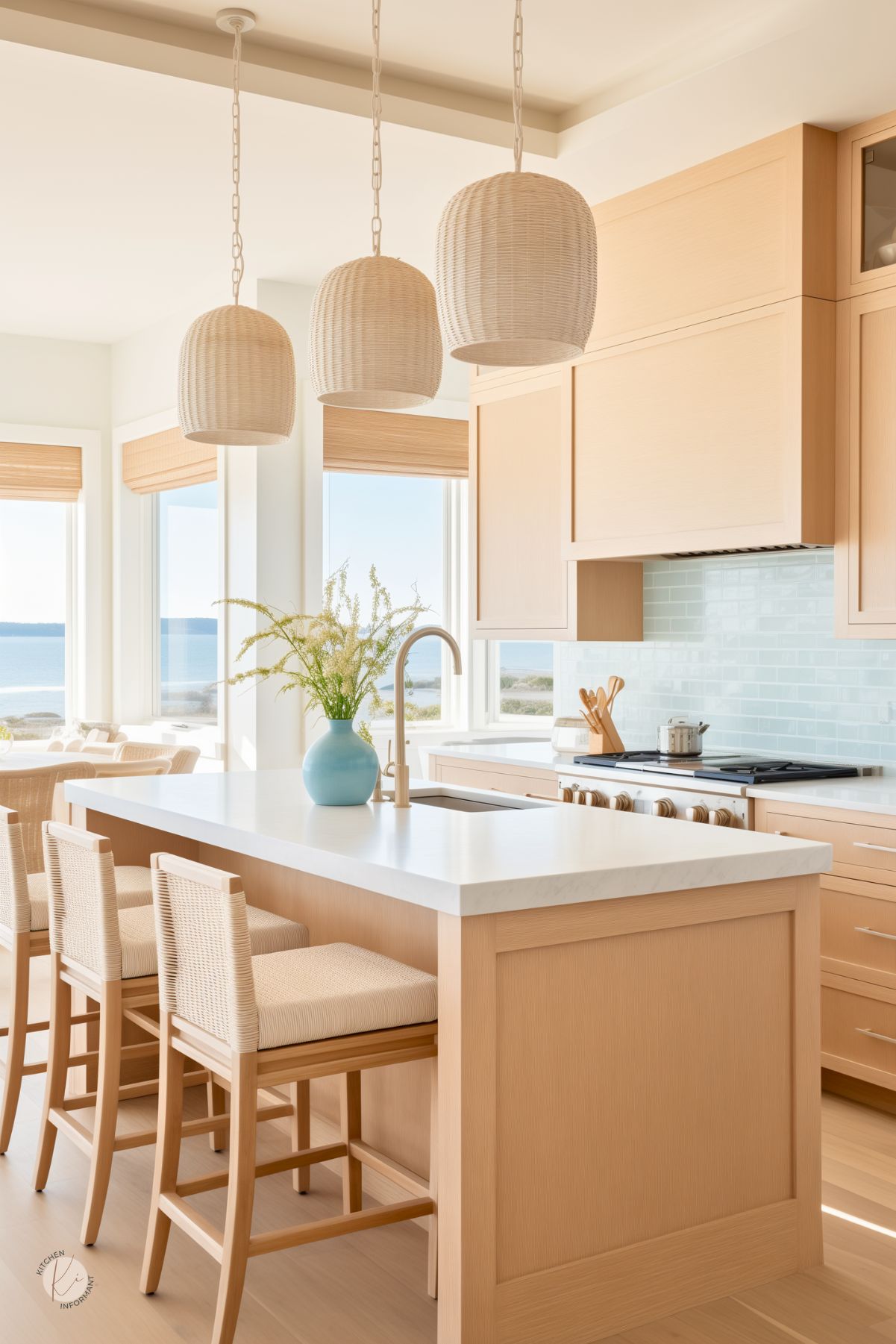

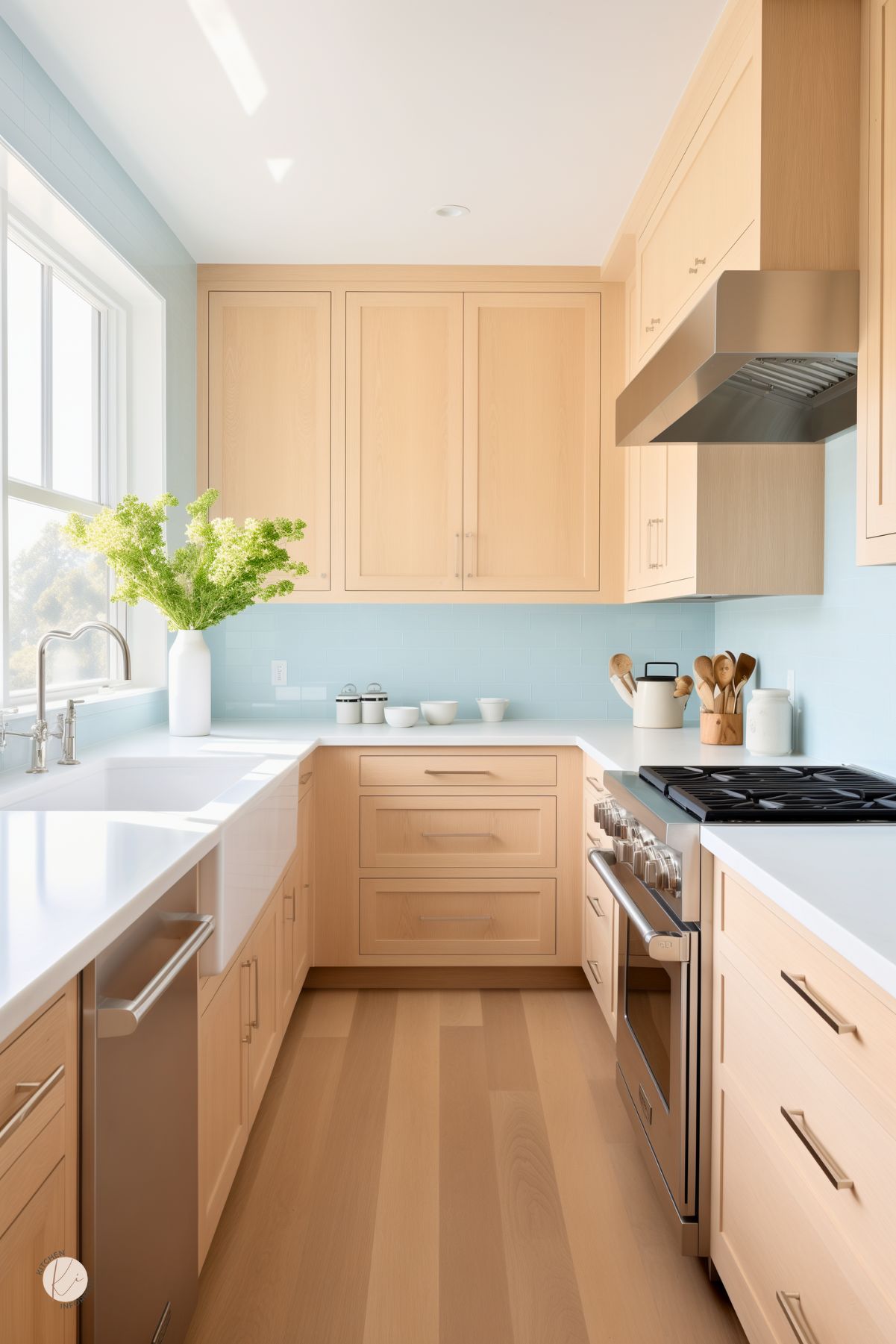
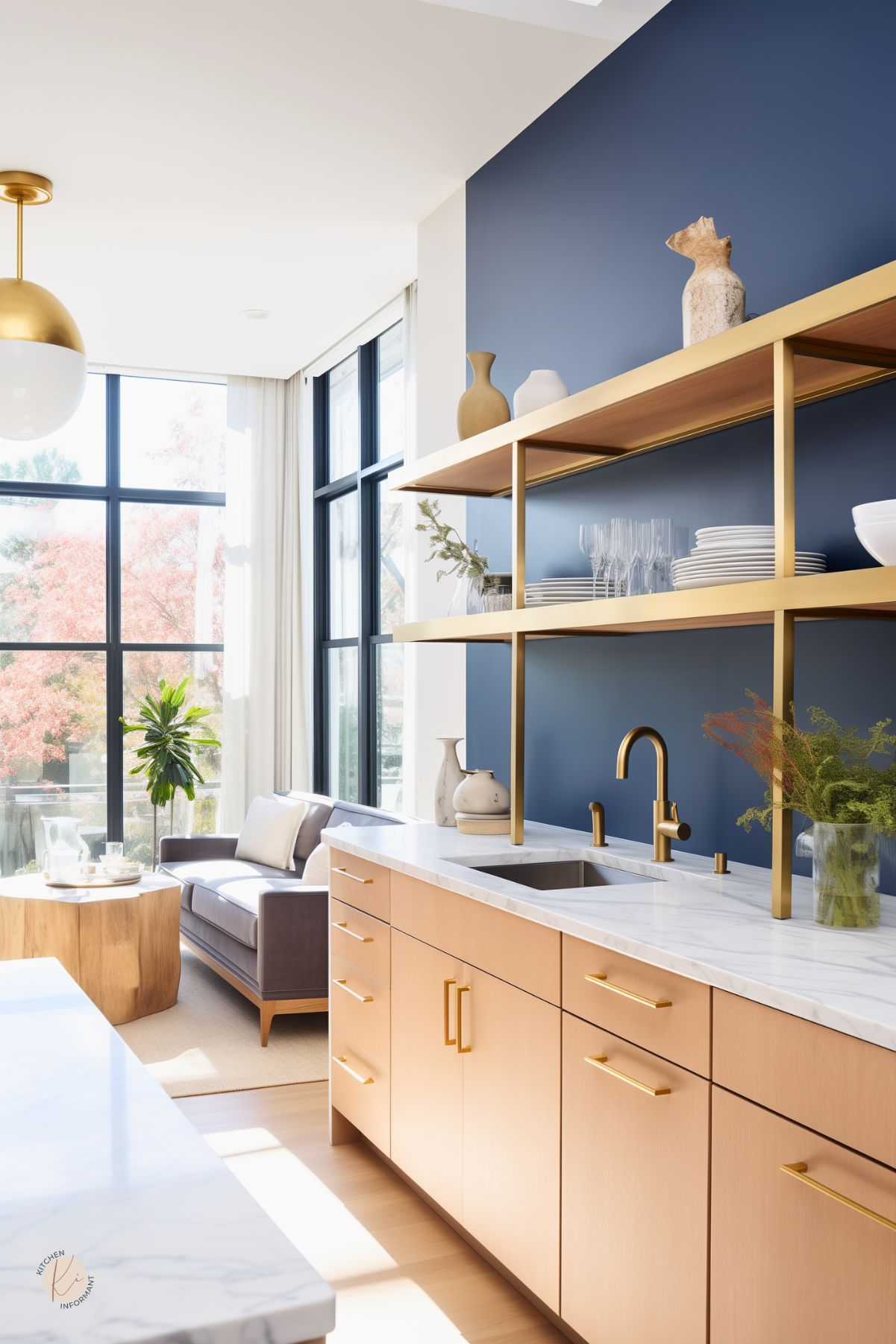
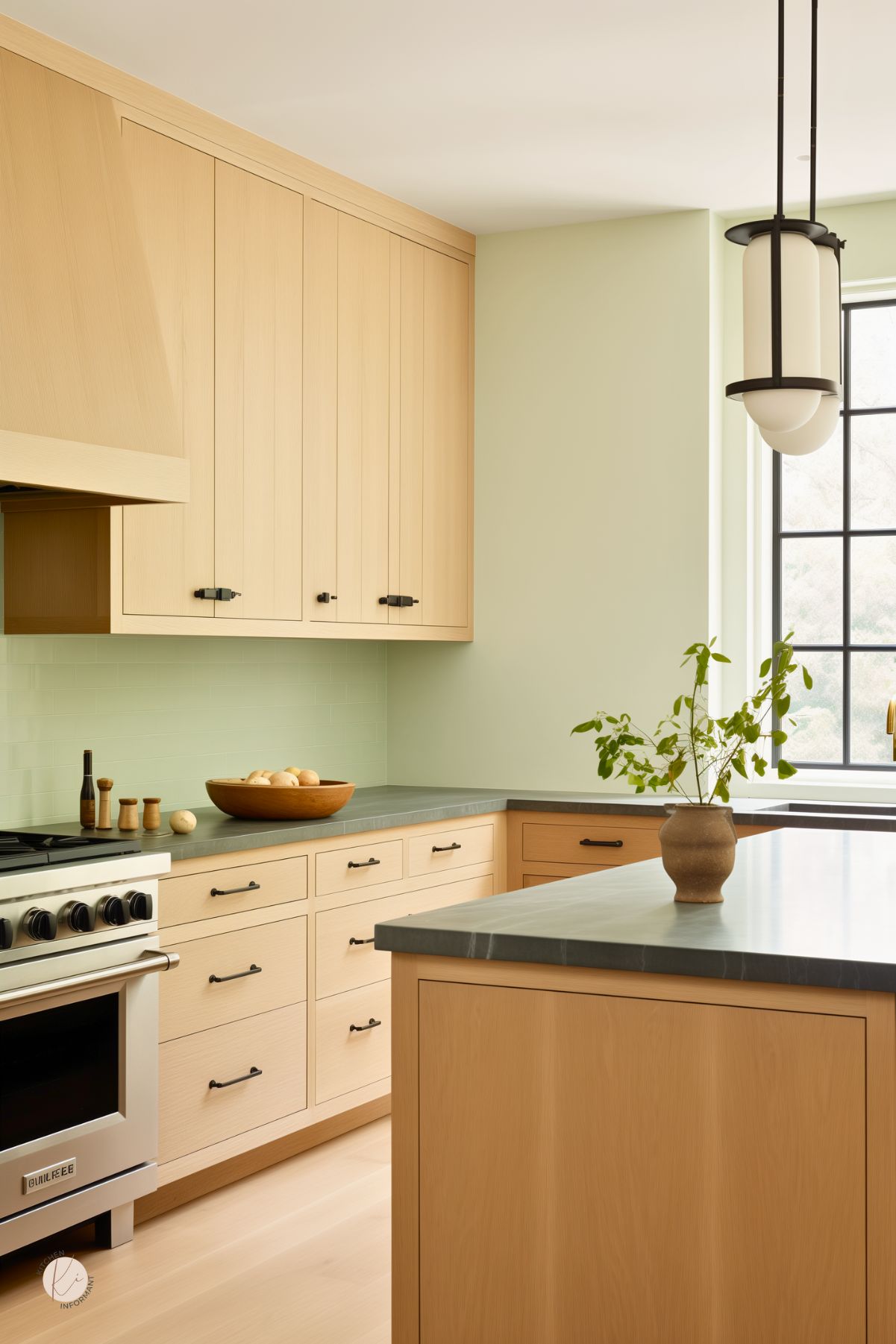
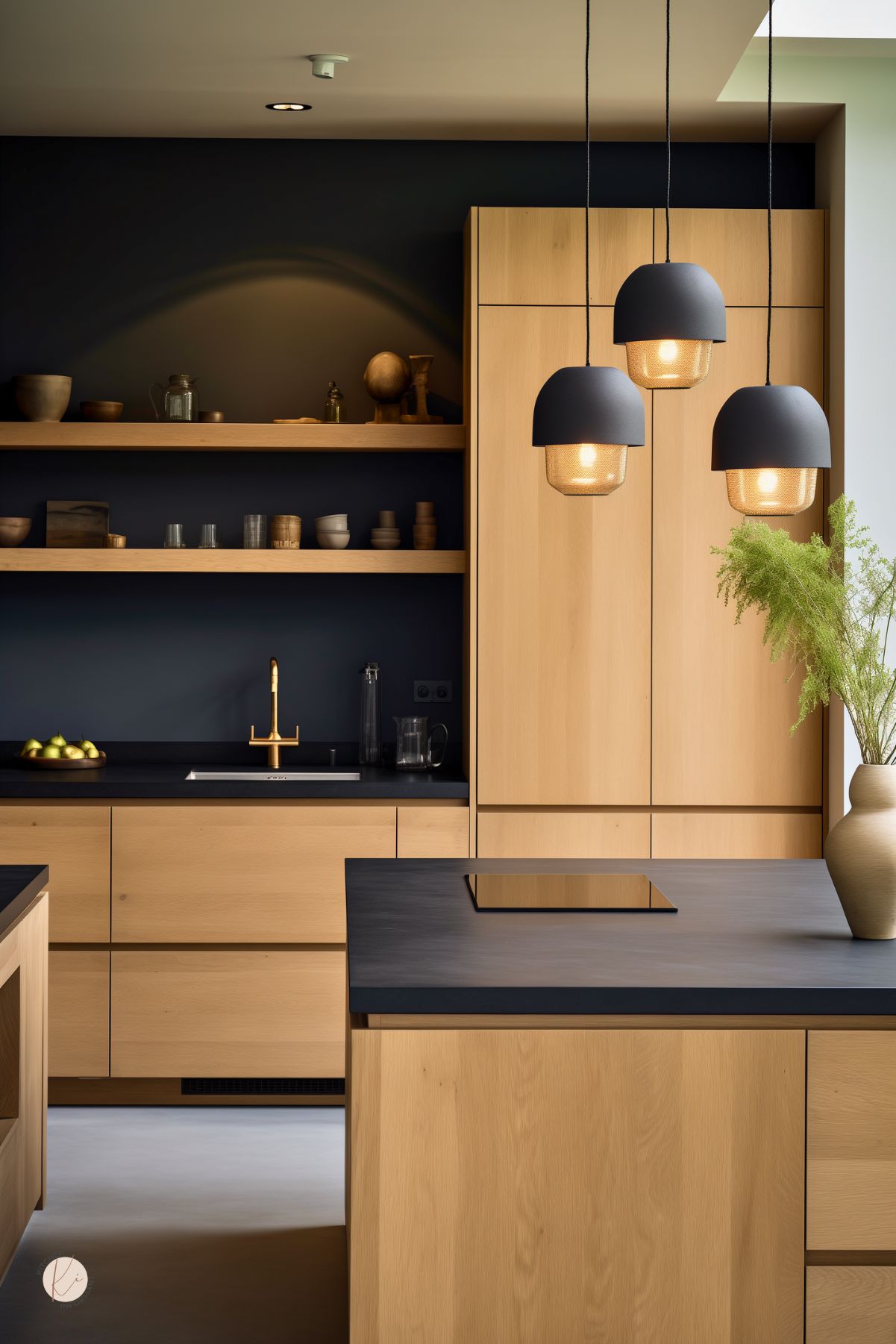
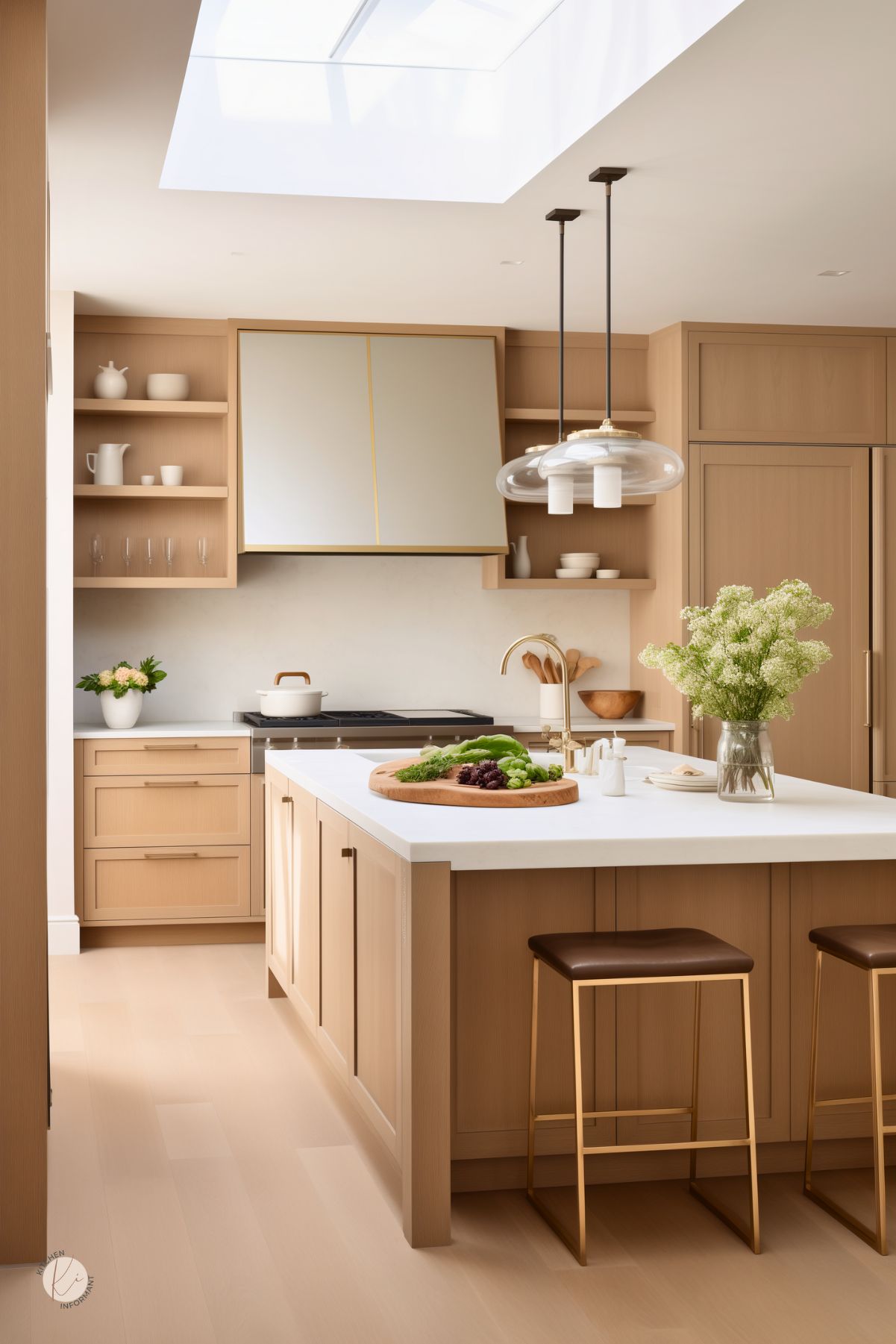
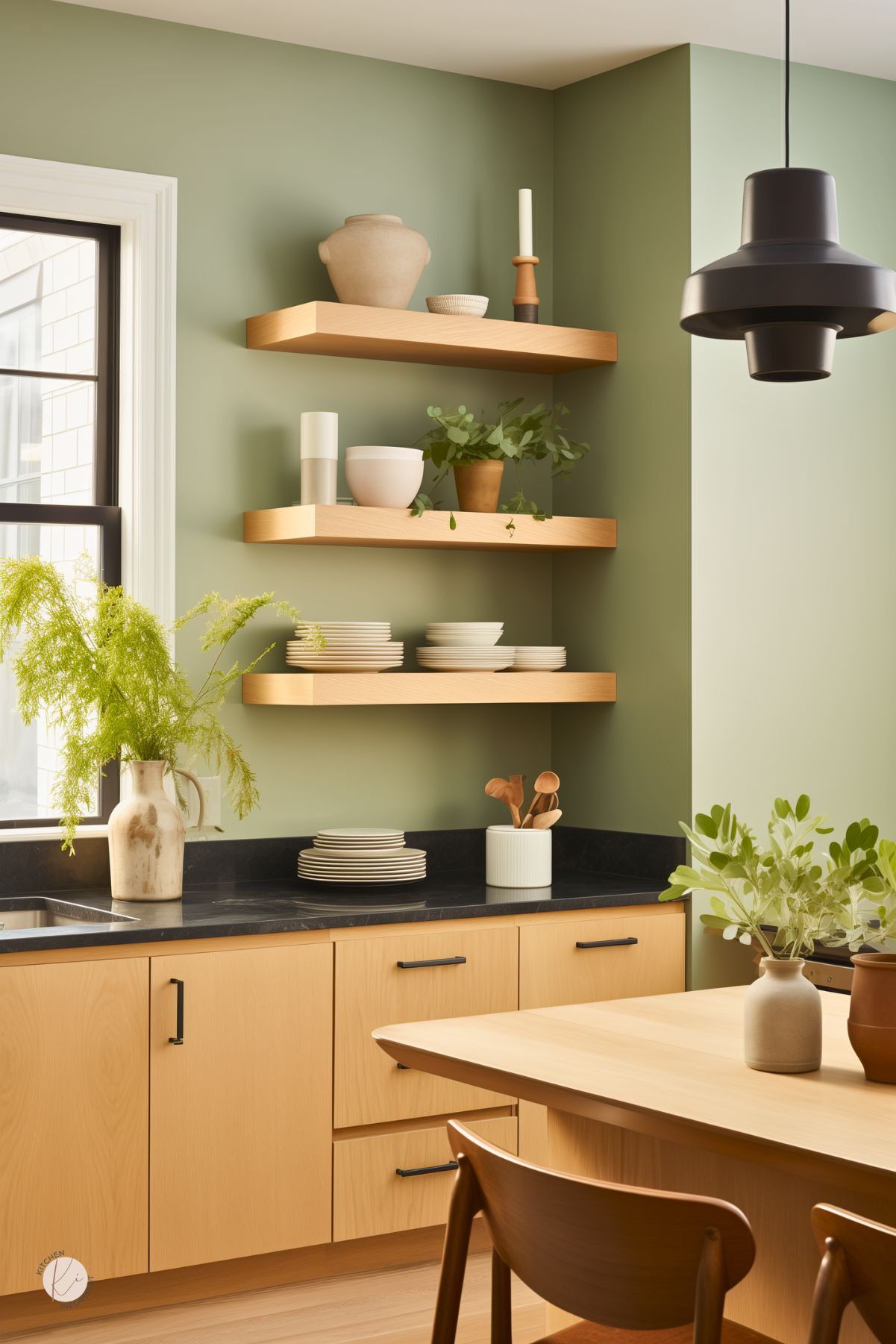
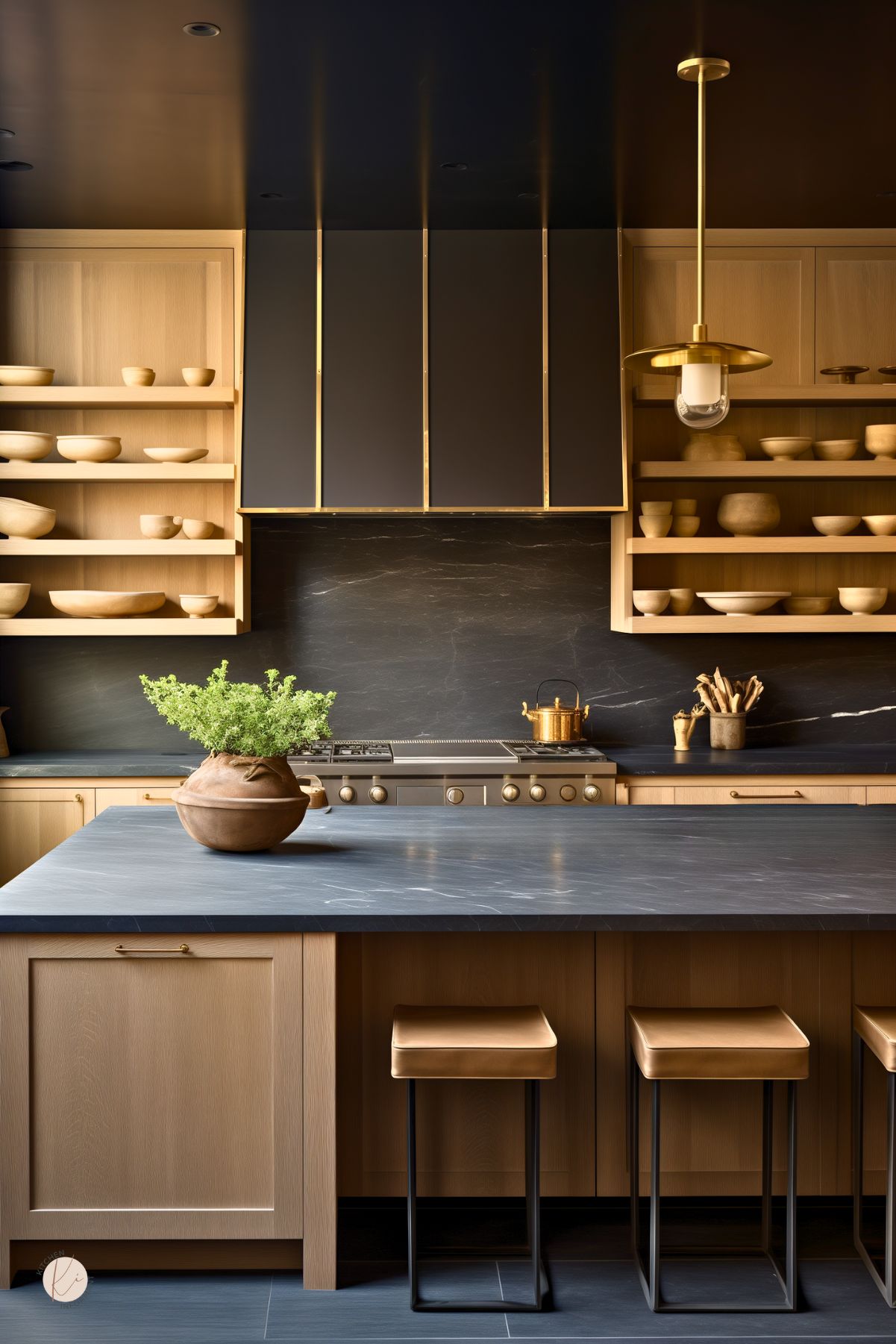
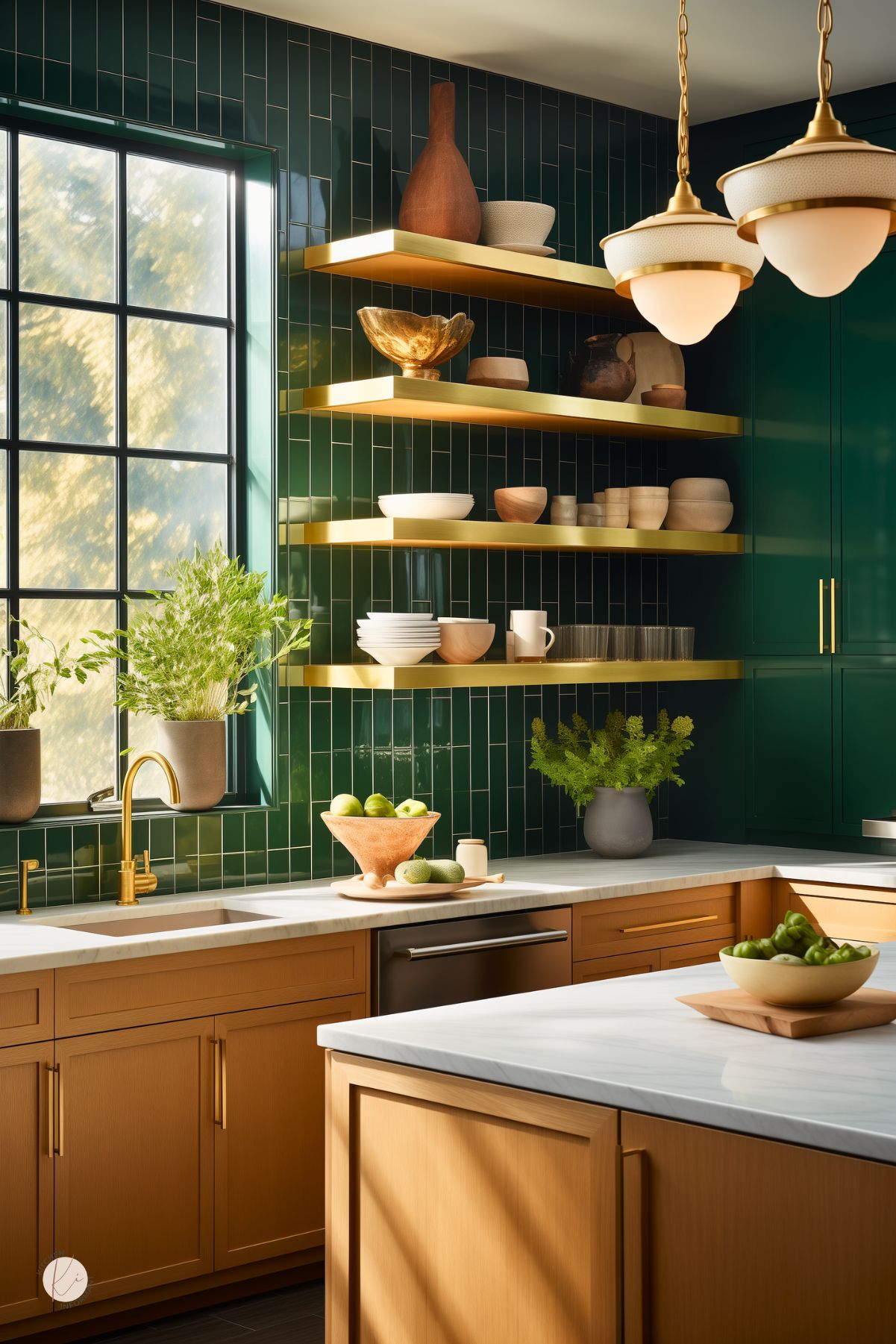
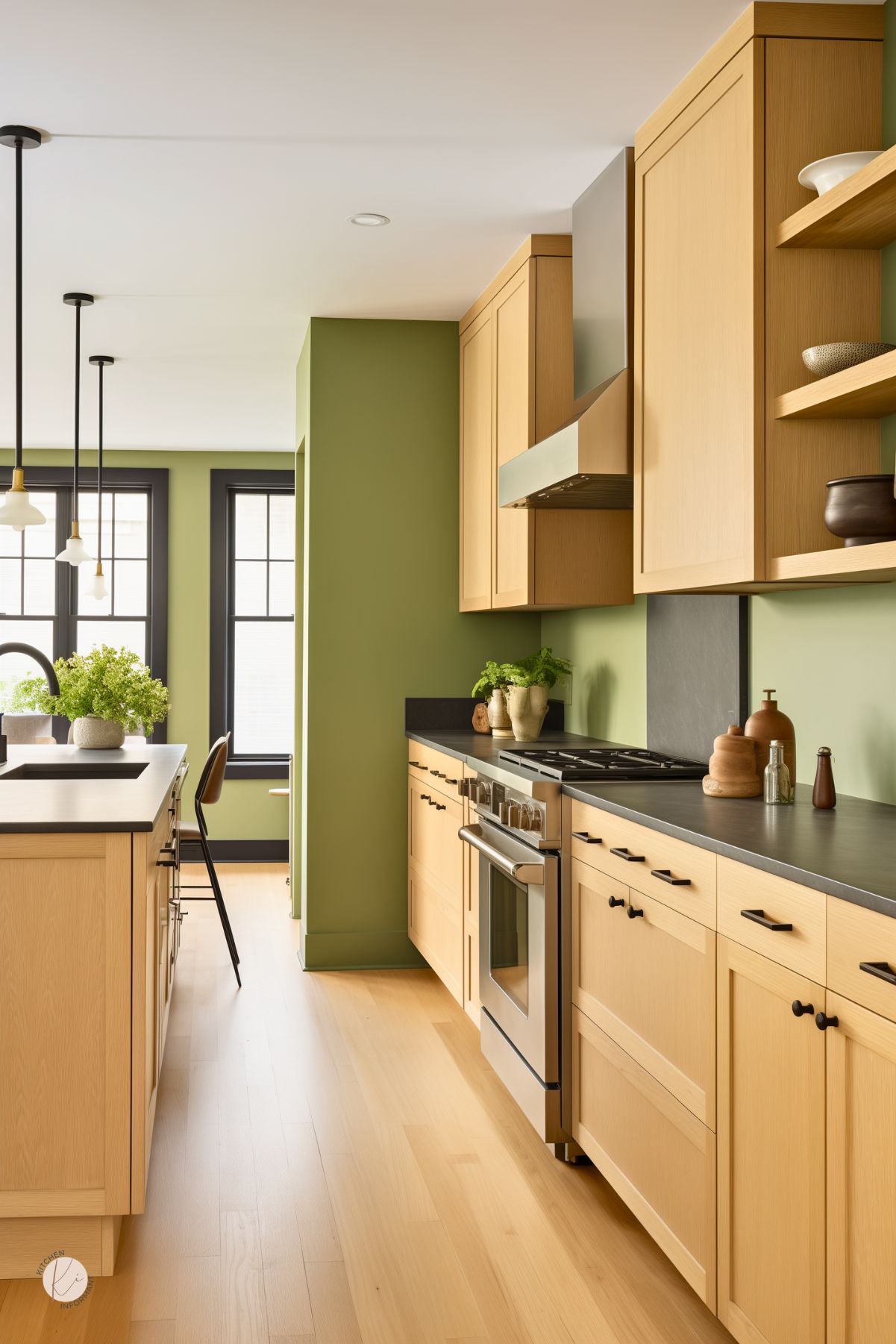
You May Also Like:




